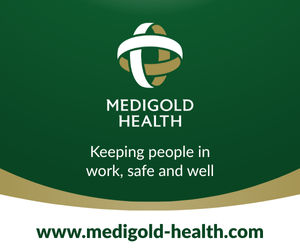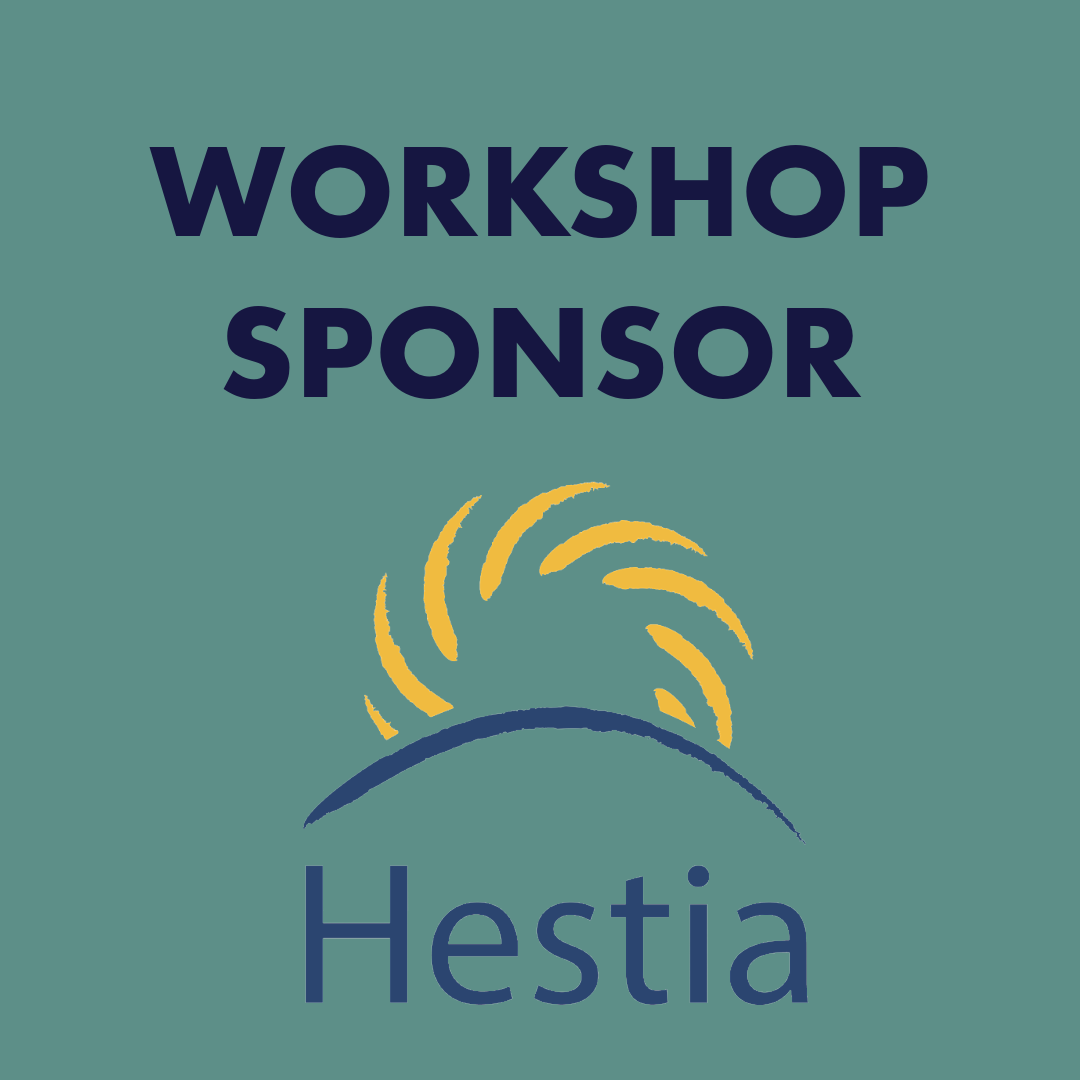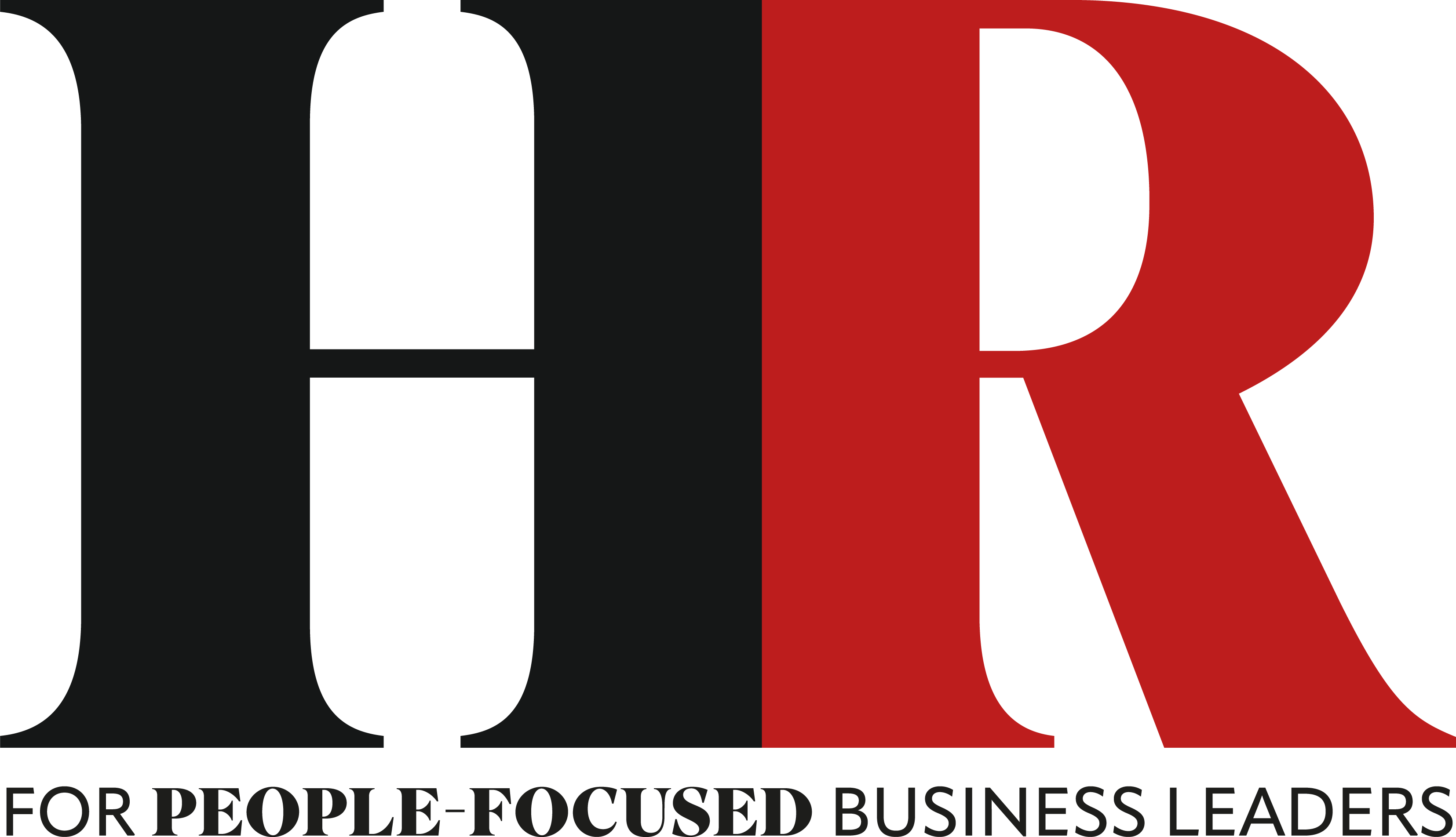Navigating Gaslighting in the Workplace
11 Mar 2026
Mental Health and Emotional Wellbeing
Gaslighting, a widely recognised term, has its origins in a 1938 stage thriller that introduced the psychological concept we are now familiar with. Usage surged in the 2010s, reflecting a growing societal awareness of mental wellbeing and psychological safety. In the workplace, gaslighting remains an insidious and often overlooked form of manipulation, with potentially serious consequences for employee wellbeing, performance, and organisational culture. This session draws on three real-life case studies, each involving senior managers as victims, exploring the impact of gaslighting on the employee, the perpetrator, the employer, and the wider organisation. Using psychosocial risk models and best practice frameworks, the presentation highlights how Occupational Health professionals can recognise the signs, support recovery, and collaborate effectively to promote psychologically safe working environments. Learning outcomes for delegates: By the end of this session, participants will be able to: 1. Describe the origins and evolution of the concept of gaslighting, including its historical context and increasing relevance in contemporary views on mental wellbeing and psychological safety. 2. Recognise the characteristics and signs of gaslighting in the workplace, including how it may manifest at different organisational levels and its impact on individuals and teams. 3. Analyse real-life case studies to understand the effects of gaslighting on employees, perpetrators, employers, and the wider organisation. 4. Discuss the consequences of workplace gaslighting for employee wellbeing, job performance, and organisational culture. 5. Apply psychosocial risk models and best practice frameworks to identify, assess, and manage gaslighting behaviours in the workplace. 6. Identify the role of Occupational Health professionals in supporting employees who have experienced gaslighting, including strategies for recovery and organisational interventions. 7. Collaborate effectively across disciplines to foster and maintain psychologically safe work environments and reduce the risk of workplace gaslighting.












